Vinyl siding is a common and classic siding choice for any home. If you are thinking of installing the siding yourself, there are a few things you may need to know. Did you know that vinyl siding expands and contracts? Well, it does. But how much does vinyl siding expand and contract? We've researched this to find the answer for you.
A standard piece of vinyl siding and trim may expand and contract up to 1/2 an inch in extreme temperatures, between the coldest winter day and the hottest summer day.
Knowing how much your vinyl siding will expand is essential in installing your siding. Read below to learn more about the expanding and contracting of vinyl siding and the dangers of improper installation. We'll also discuss how much gap is needed for your siding, how your siding should be nailed, how to space those nails, and when you can install vinyl siding.

Expanding and Contracting
By its nature, vinyl siding will tend to expand and contract more with temperature extremes than any other common type of siding. This is due to the types of plastic and resin that vinyl siding is made from. As the temperature rises, the vinyl siding will expand. As the temperature drops, the siding will contract. When properly installed, the siding can easily expand in any direction without restriction. If the siding does not have proper room to expand and or contract, the process may result in damage.
What are the dangers of expanding and contracting?
Proper installation is essential in allowing your siding to expand and contract. But if the proper spacing isn't provided for the siding to do this, it may result in damage to your siding. If not properly installed, your siding may be noisy during the process of expanding and contracting. If your vinyl siding is creaking or rattling, it was most likely not installed correctly. If improperly installed, your siding may also buckle, crack, chip, or break during the process of expansion and contraction.
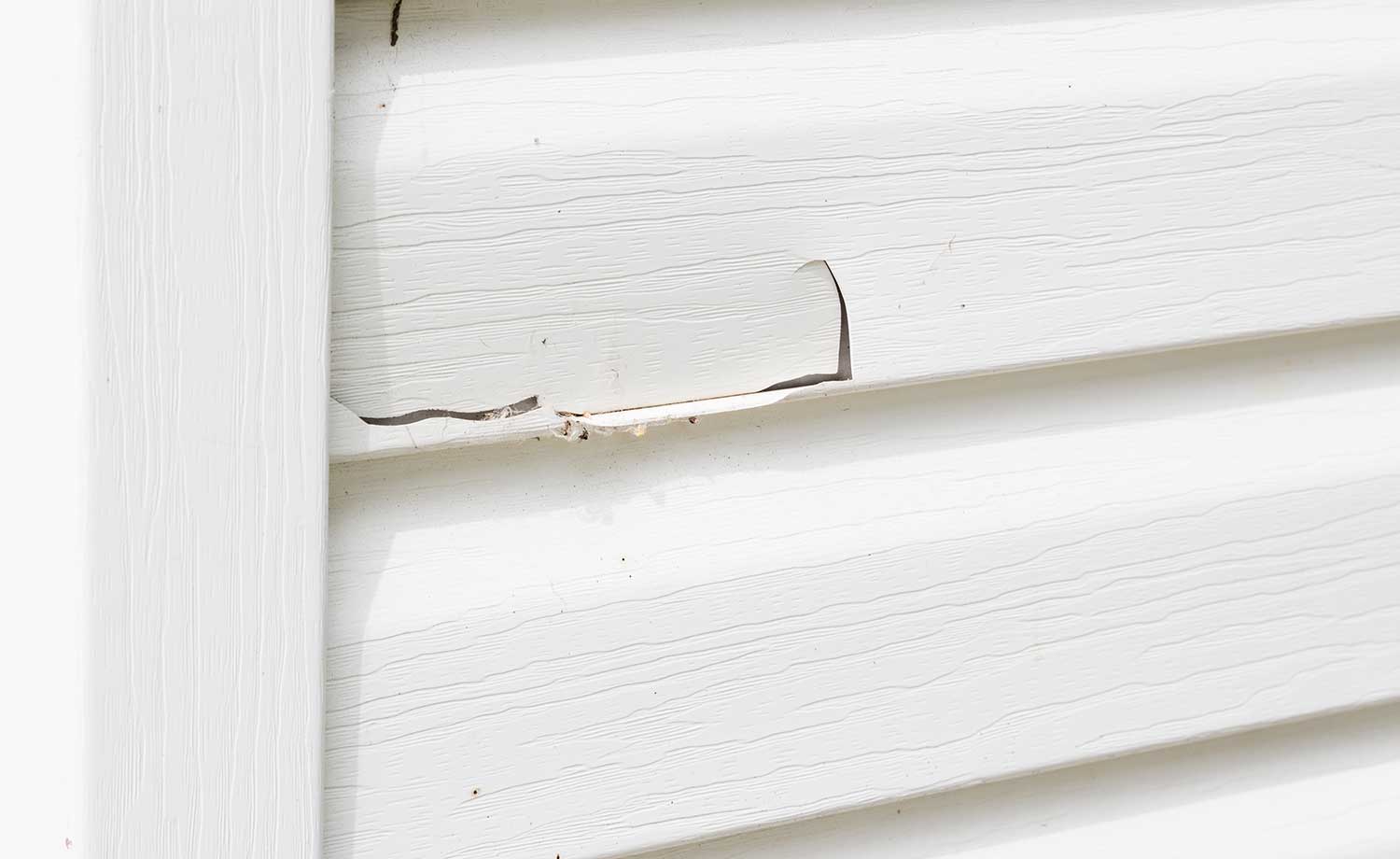
How much gap do I need for vinyl siding?
Providing enough gap when installing your vinyl siding will help prevent damage and noises when your siding expands and contracts. On average, you should cut your siding in lengths with a 1/4-inch gap for expansion. A 3/8-inch gap may be recommended if your installing vinyl siding in areas with temperatures that drop below 40 degrees. Always check the manufacturer's recommendation; different types of vinyl may have different requirements.
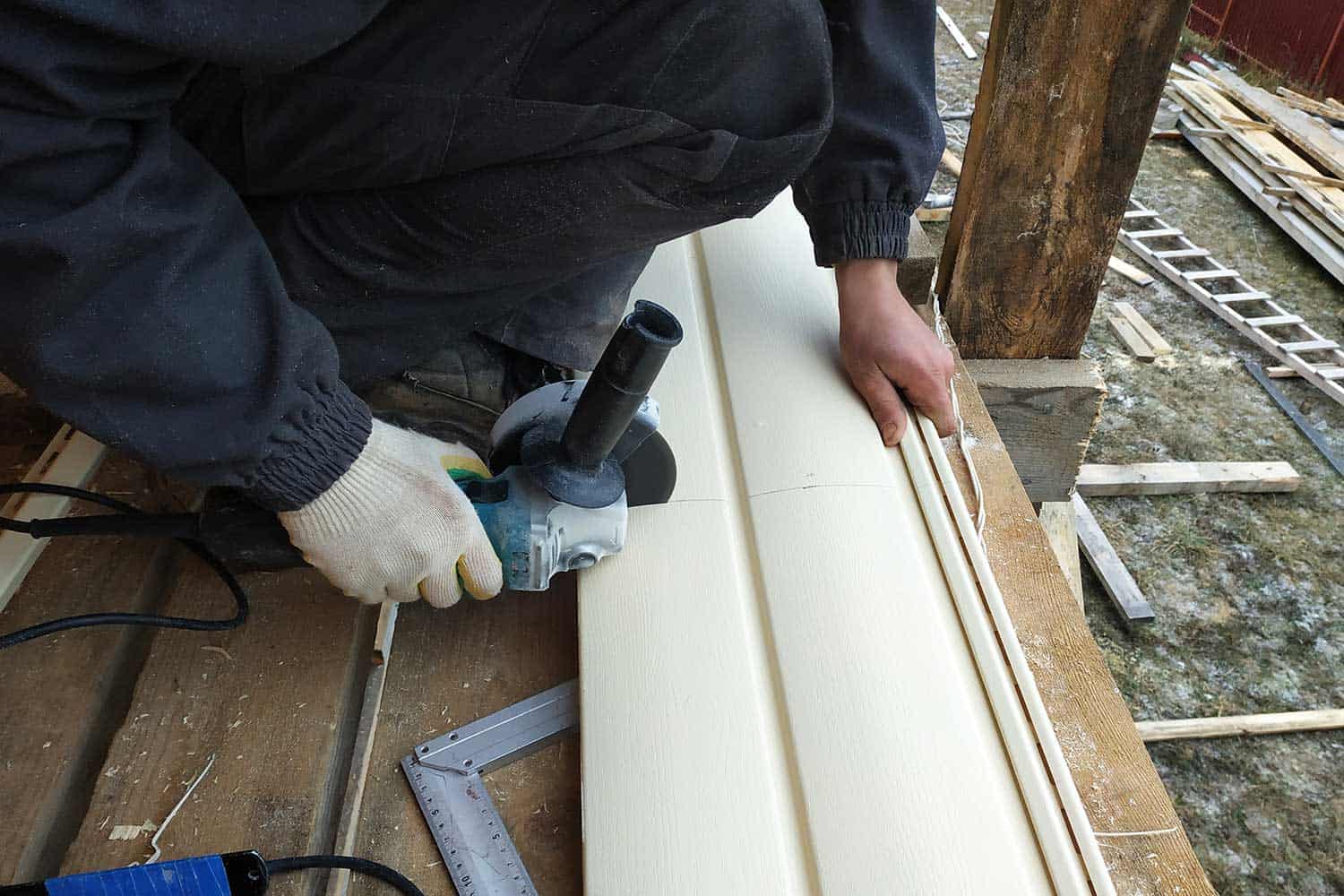
Should vinyl siding be nailed to studs?
It is not acceptable to nail vinyl siding into the sheathing without hitting a stud. If the siding is not nailed into a stud, it will not be properly secured and is susceptible to damage or coming undone. Vinyl siding should be nailed into the studs at 16 inches on center. Most manufacturers require that nails penetrate at least 3/4 inches into a nailable substrate. If the siding is not nailed correctly, the siding may shake, rattle, or become damaged during bad weather.
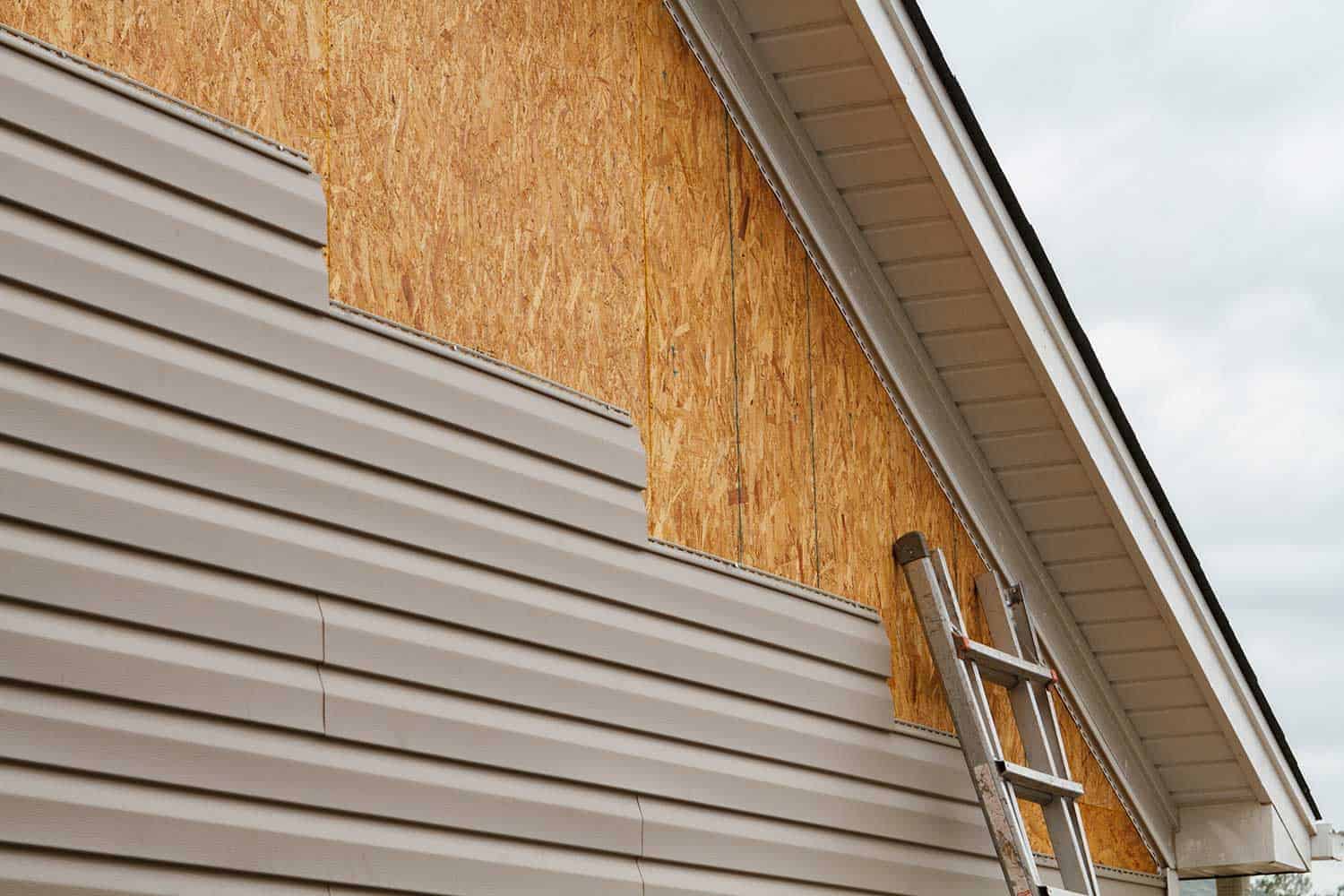
How to space nails in vinyl siding?
Spacing your nails correctly will ensure proper siding stability and give your siding the ability to expand and contract freely. Generally speaking, horizontal siding should be spaced every 16 inches and be nailed into a stud. Verticle siding should be nailed every 12 inches. This will help to keep your siding secure yet give it enough room to expand. Always check the manufacturer's recommendations for spacing.
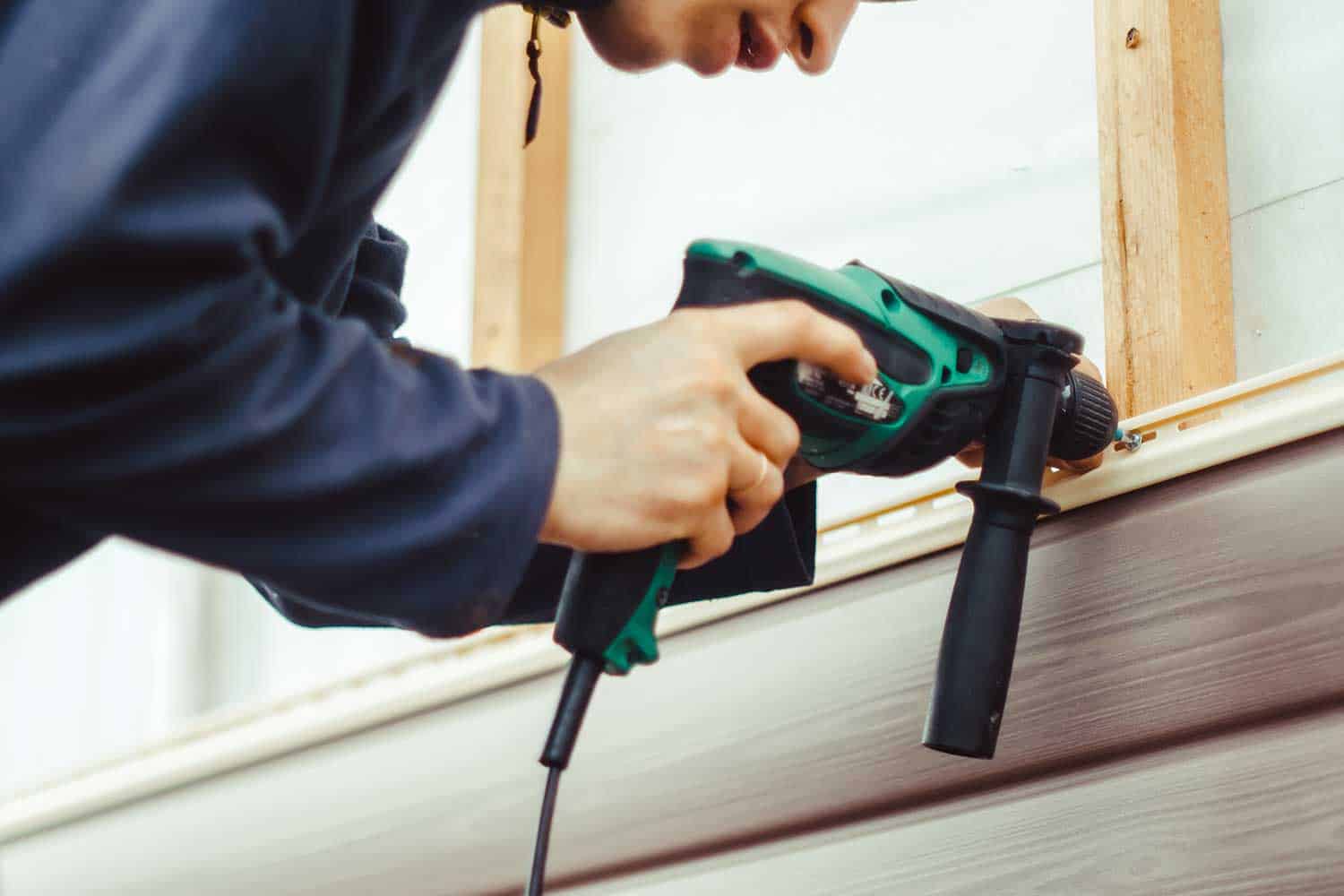
How to properly nail your siding:
- Do not face the nails. Face nailing means driving the nails through visible parts of the panels. Not only is this unsightly, but it will also cause the siding to buckle when it expands or contracts.
- Ensure the nailing is not too tight. Make sure to leave about 1/32 inch between the nail head and the vinyl siding. The siding must be attached "loosely" but not too loose that the siding will not be secure.
- Center the nails in slots on the vinyl siding to allow for expansion and contraction.
- Make sure to drive the nails in straight. Distorted nails may cause the siding to buckle.
- For horizontal siding, nail the panels every 16 inches and every 12 inches for vertical siding.
- Make sure the panels are locked at the bottom but do not pull them tight when nailing.
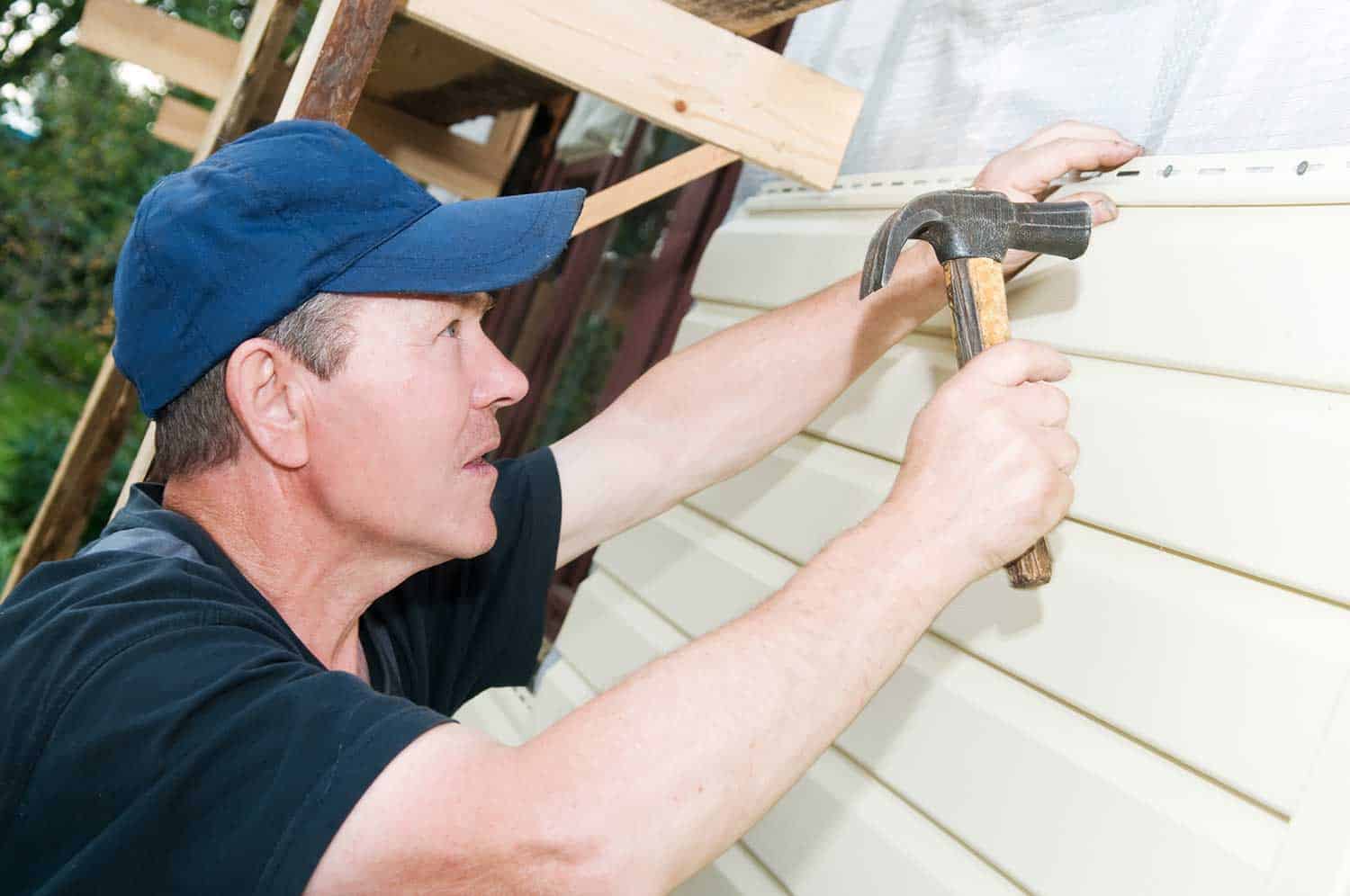
Is it OK to install vinyl siding in the winter?
Winter temperatures vary depending on where you are in the world. It is okay to install your vinyl siding in the winter, but it is not recommended to install vinyl siding if your temperature is below 40 degrees. Because vinyl siding expands in the heat, installing in the summer may create a tighter fit on your siding, and your siding may buckle. Autumn and early winter are the ideal times to install your siding. But, when the temperature drops to 40 or below, the siding may be too contracted, which can cause chipping or cracking during the installation process.
In conclusion
Installing your vinyl siding may seem like a daunting task. Knowing that it expands and contracts adds a new challenge to proper installation. Make sure to give your siding proper room, at least 1/4 inch, to expand and contract. Nailing your vinyl correctly every 16 inches into a stud will help keep it from buckling. And remember, if ever the task feels too large to handle, make sure to contact a professional.
Before you go, make sure to check out these other great articles about vinyl siding:
How To Hang Things On Vinyl Siding (Even Without Nails)
